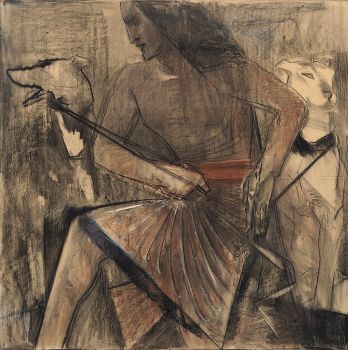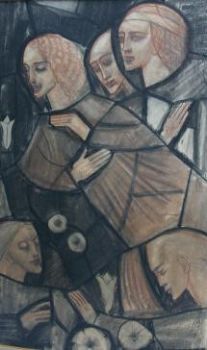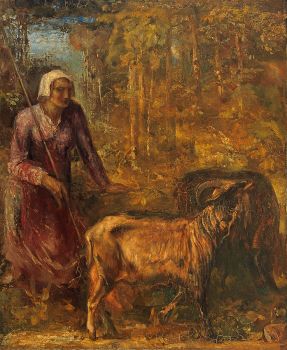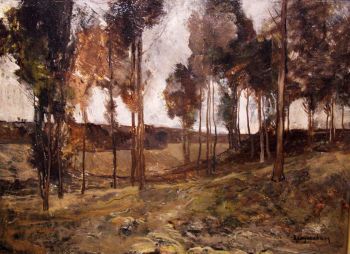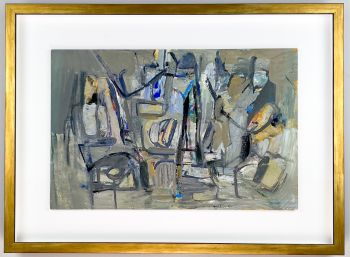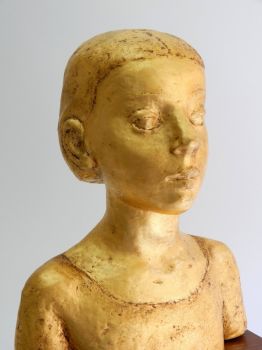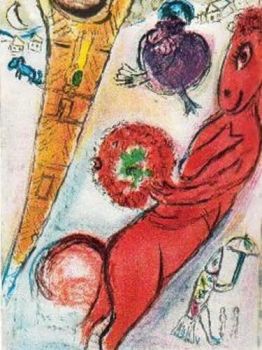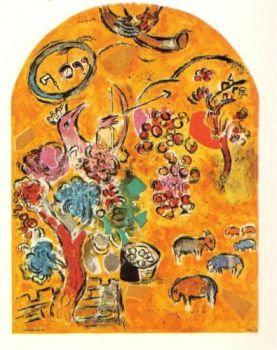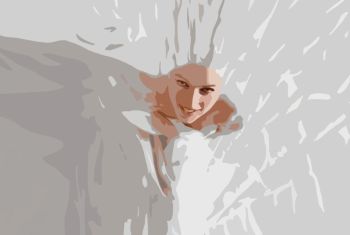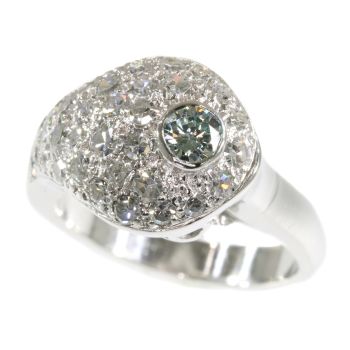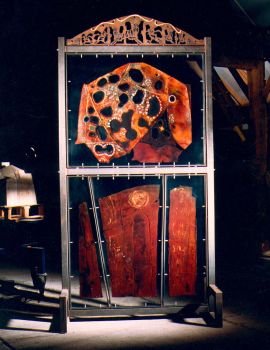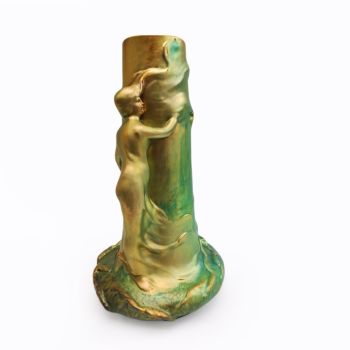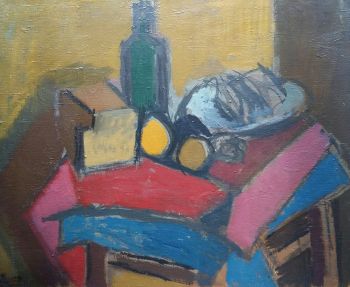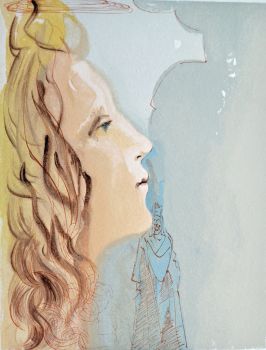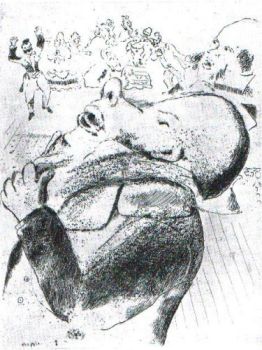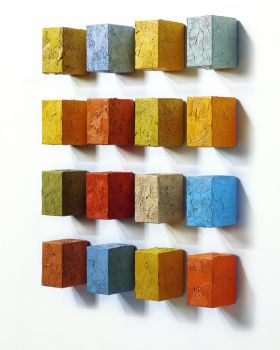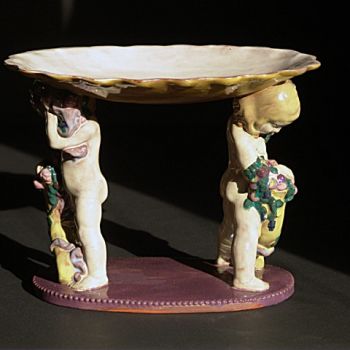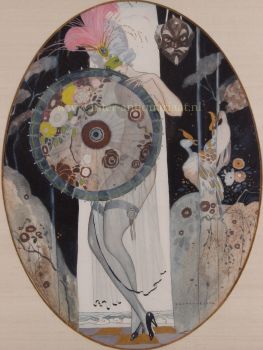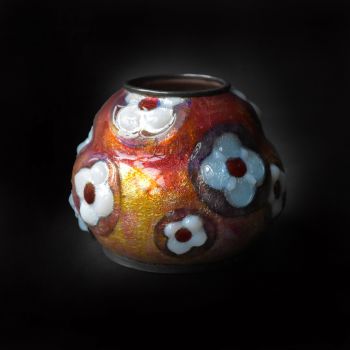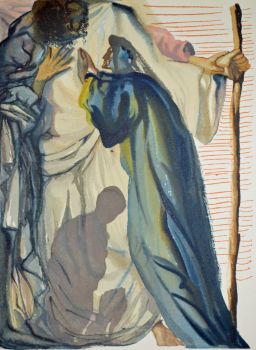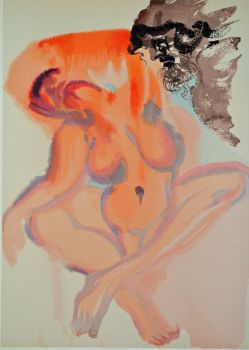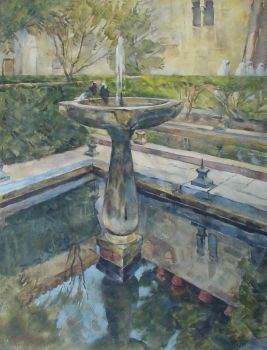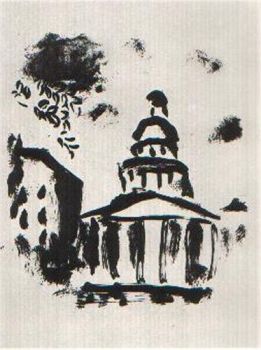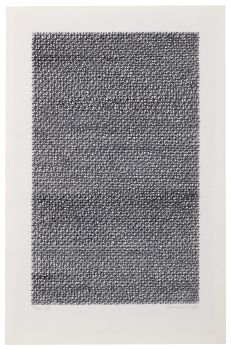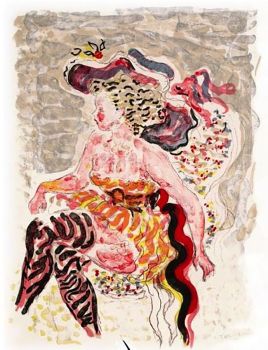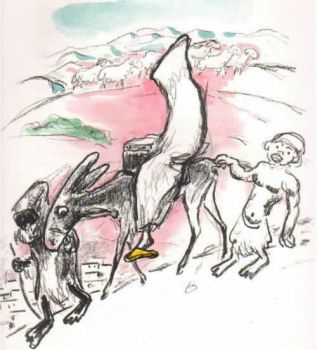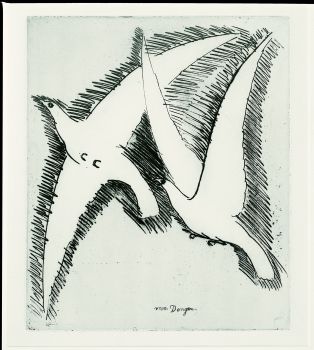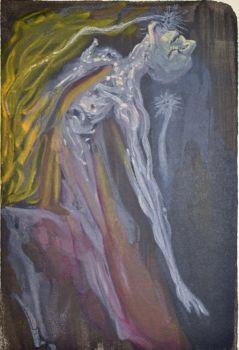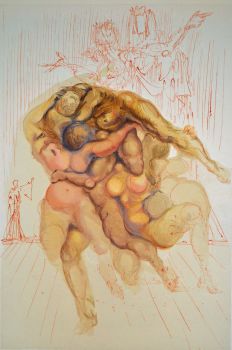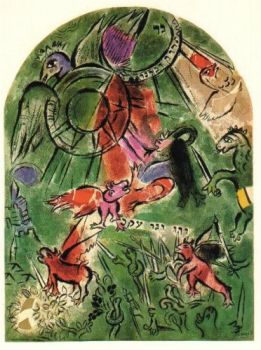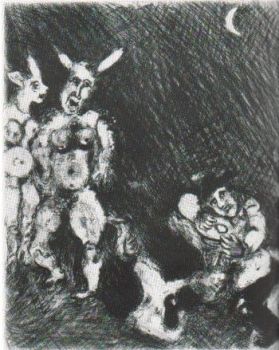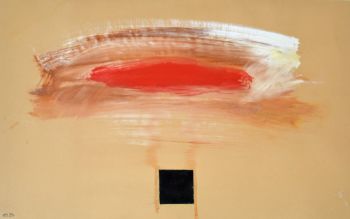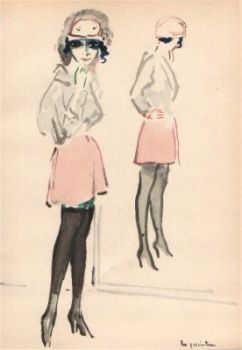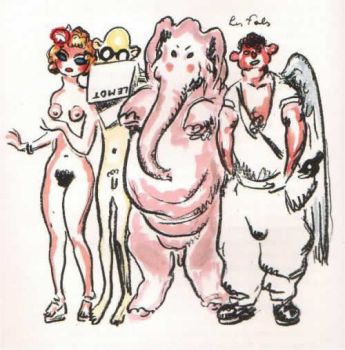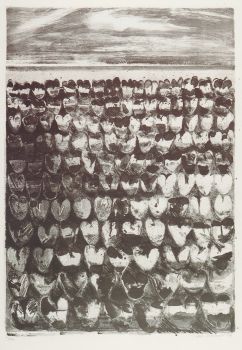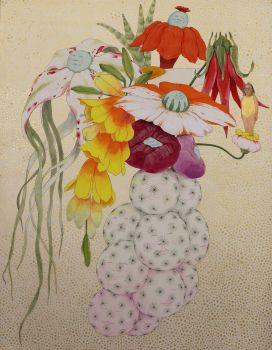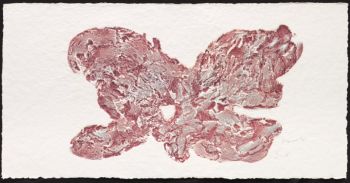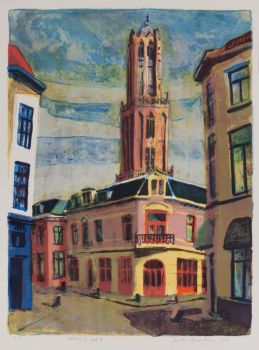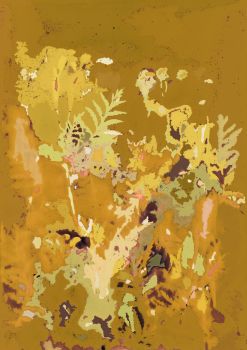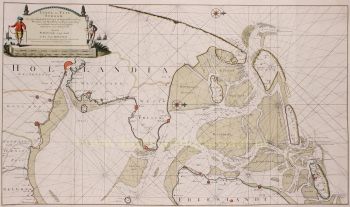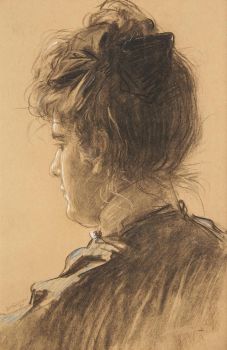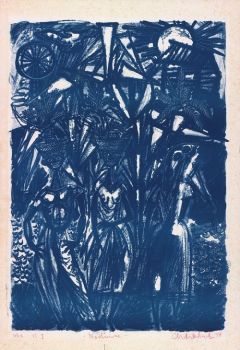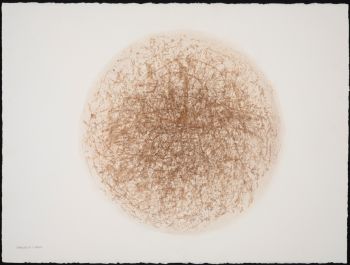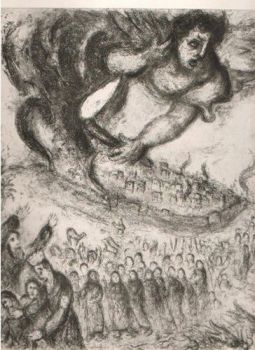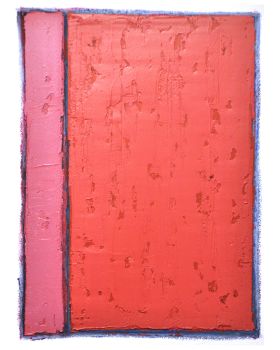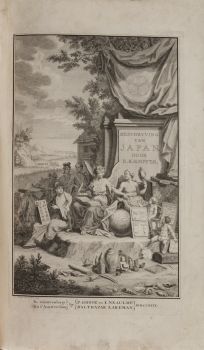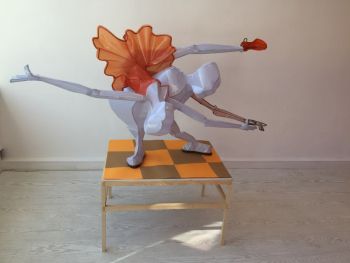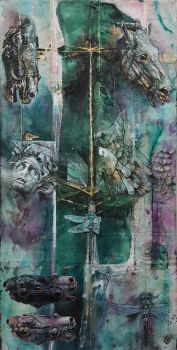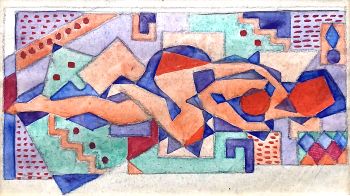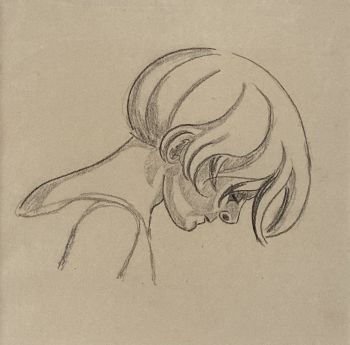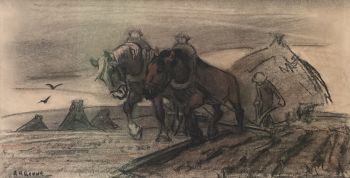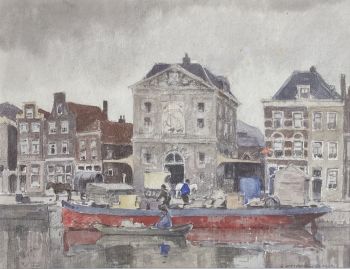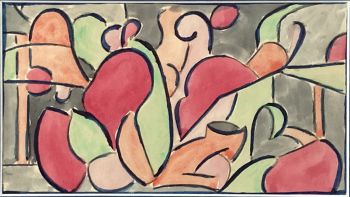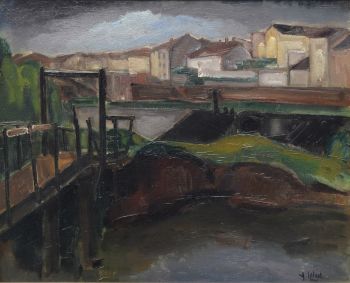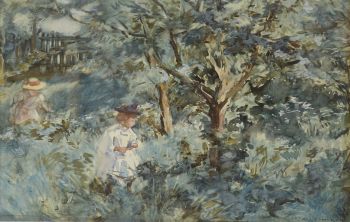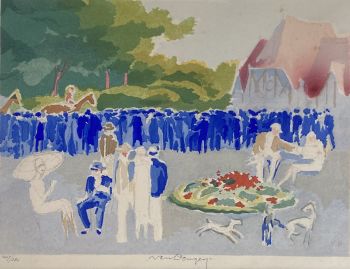Egyptian head 1916
Willem van Konijnenburg
Carta
32 ⨯ 30 cm
ConditionMint
Prezzo su richiesta
Artiquair
- A proposito di opere d'arteWillem van Konijnenburg was inspired by several ancient art forms, including the Egyptian one. In his theoretical writing The Value of Impressionist Painting from 1908, he praises Egyptian art for the way in which its unity of art, faith and science is symbolically expressed. In The Aesthetic Idea (1916) he praises the material sense of the Egyptian artist who opts for sustainable materials and, very important for Van Konijnenburg, the monumentality. It arises by imposing a form on matter according to mathematical principles, without regard to the demands of naturalism. Influences of the Egyptians can be seen in the painting Tempelbouw (Centraal Museum Utrecht), facade sculptures that Van Konijnenburg designed in 1915/1916 for the Koninklijke Fabriek van Metaalwerken by W.J. Stockfish in The Hague, the large pedantic watercolors Egyptian farmer (Kunstmuseum Den Haag) and Egyptian shepherd (whereabouts unknown) from 1916/1917 and Overgave (Kunstmuseum Den Haag) from 1917, for which the first owner of the Egyptian Cup shown here stood as a model : Jacoba van der Vegt (1897-1970). Jacoba was Van Konijnenburg's favorite niece, muse, model and dance partner in the Tango. The complete provenance of this work is present.
- A proposito di opere artistaWillem van Konijnenburg è nato a L'Aia l'11 febbraio 1868. È stato un pittore, acquerellista, illustratore, grafico e incisore olandese. Ha studiato all'Accademia delle Arti dell'Aia. Dopo la sua formazione ha lavorato a Maastricht, Limburgo, Scheveningen e persino a Parigi. Fu allievo di Arnoud Gerkens, Eduard Kerling e Johan Philip Koelman. Ma le sue principali lezioni d'arte furono date dalla madre di Willem. Van Konijnenburg morì all'Aia il 28 febbraio 1943.
Sei interessato ad acquistare questa opera d'arte?
Artwork details
Categoria
Soggetto
Stile
Materiale e Tecnica
Related artworks
Willem van Konijnenburg
Design for Church window1890 - 1920
Prezzo su richiestaStudio 2000 Art Gallery
Willem van Konijnenburg
Landscape in Limburg, the south of the Netherlands1868 - 1943
Prezzo su richiestaKunsthandel Pygmalion
1 - 4 / 4- 1 - 4 / 24
- 1 - 4 / 24
- 1 - 4 / 6
Rene Rietmeyer
TOKYO - Kudan House - January 2021 #052021
Prezzo su richiestaEuropean Cultural Centre Collection
Engelbert Kaempfer
IL LIBRO DI ENGELBERT KAEMPFER1651 - 1716
Prezzo su richiestaZebregs & Röell - Fine Art - Antiques
Jean Metzinger
Cubist nude lying with bent leg, circa 19201910 - 1920
Prezzo su richiestaGallerease Selected
1 - 4 / 24- 1 - 4 / 12


